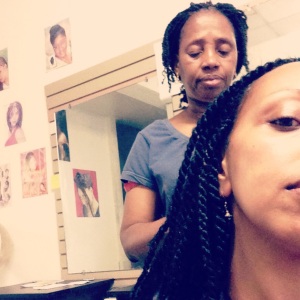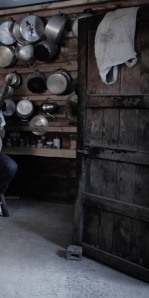
“If you understand the beginning well, the end will not trouble you.”
Adornments and personal objects: living artifacts emphasize and affirm the existence of [a] culture or the process of how culture is constructed. They stand as markers. They become the lasting and sometimes not so lasting object(s). A direct link between the people and its culture, between the living and lived experience.
Wooden sandals were in use in East Africa throughout the 20th century. The carved wooden sole is held underfoot by the use of a thong – toe pegs embellished at the tip. It is said that this sandal type was “probably introduced to East Africa from the far and near east as a result of trade across the Indian Ocean.” It is also strikingly similar footwear to the Japanese ‘Geta’.
The presence of Islam, in Harar, much like Zanzibar and other parts of eastern Africa, is said to have had a profound influence on the region’s artistry. “Introduced to East Africa, along the coastal areas from Somalia in the north to Mozambique in the south, during the thirteenth century, it became established primarily. The Islamic presence manifests itself in a wide variety of modes, ranging from architecture to functional objects”.
This antique wooden shoe from Harar, the design of the Qara’if is bold and unusual. It’s functional property -worn only in the interior is unlike other shoes. The traditional wooden shoes could be worn between the door and the ‘needeba’ [entrance to the living room, with several raised platforms with multi-purpose].
Harar is Ethiopia’s famed walled city also known as ‘city of saints’. It’s home to “geye esu” [‘people of the city’] who call their way of life ‘the etiquette of the city’ and their language ‘the city language’ [Adare language, reflective of a strong oral tradition]. In this mystical city, rich creative ingenuity emerged in forms such as personal adornment and architecture, which is part of its spectacular cultural heritage and contribution to African culture.
Part of a series on Harar: the impact of its African and Islamic tradition as part of its character and uniqueness.
[My] heritage :: [My] inheritance




